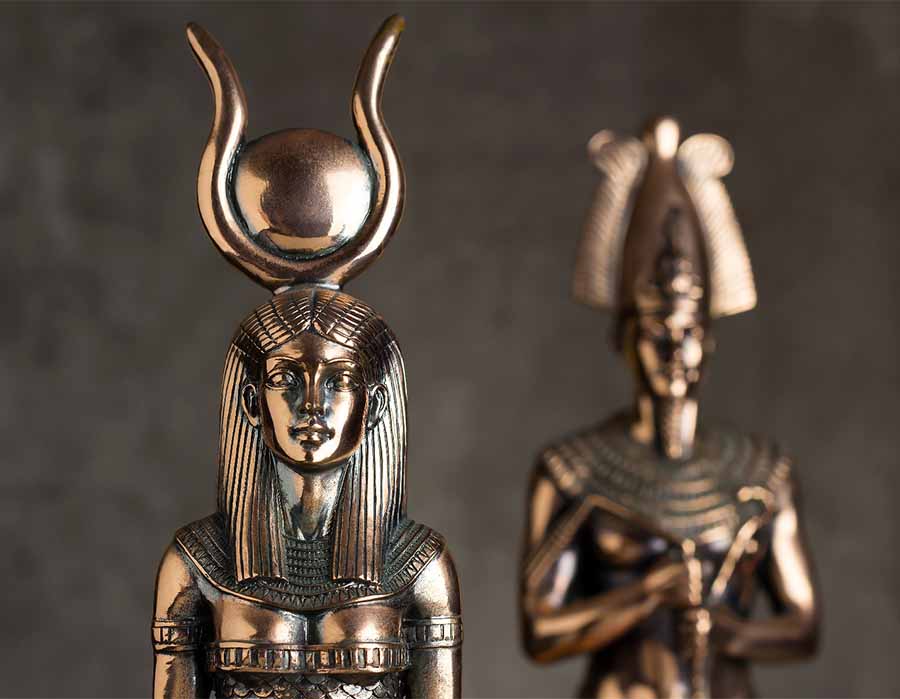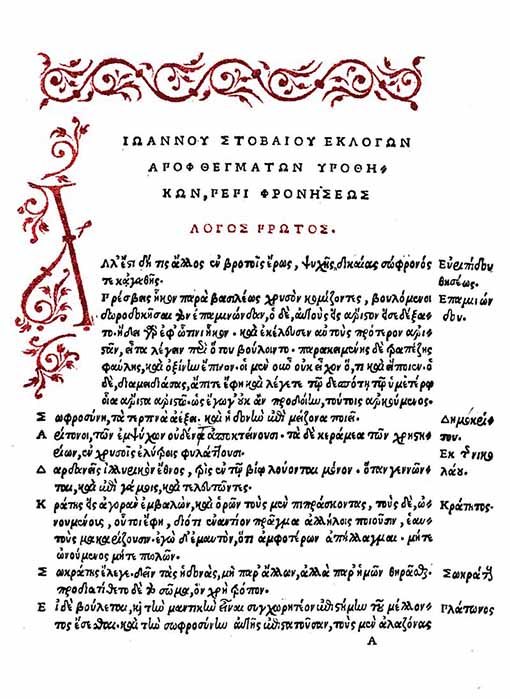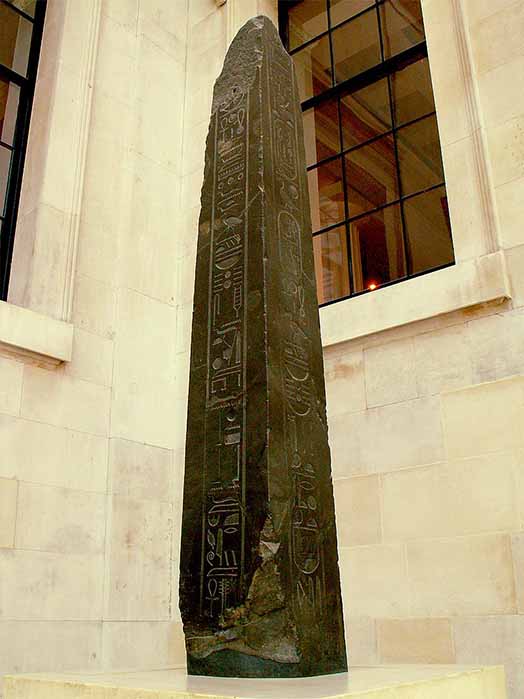
The Origin And Purpose Of Egyptian Civilization According To Ancient Hermetic Texts
The Korê Kosmou or Pupil of the Eye of the World is a Hermetic text dating to the third century AD. The Greek text was preserved from antiquity by Johannes Stobaeus of Macedonia as part of his Anthology, hence its abbreviated reference as SH23 (Stobaean Hermetica 23). While most Hermetic writings take the form of fictional dialogues between Hermes Trismegistus and his students, the Korê Kosmou is one of several texts (including SH23-27 and the alchemical Letter of Isis the Prophetess) in which the knowledge is transmitted from Isis to her son Horus. The Korê Kosmou is the product of several older sources weaved together into a single text, resulting in a narrative which serves as a virtual compendium of Hermetic cosmology and philosophy. The narrative of Isis begins with the origin of the Hermetic tradition at the dawn of creation, continues with the creation of human souls, and concludes (at least in its present form) with a mythic account of the origin of civilization.

Page one of the Anthology /Florilegium of Stobaeus, from the 1536 edition by Vettore Trincavelli (Public Domain)
The Dawn of Creation
In the Hermetic creation epics, the stars and the seven classical planets are created by a Demiurgic God who sets them on their endless, cyclical courses in order to perpetuate the change of all things in the terrestrial world below. The celestials—which are made of an especially pure form of matter and so never dissolve away themselves—are literally connected to all terrestrial objects and organisms by unseen forces or energies. In this scheme, the movement of that which is above continually affects that which is below, ordering the continual emergence and eventual dissolution of all material bodies made up of the four classical elements. The celestial cycles literally are time, and the ceaseless change perpetuated by time is called becoming (Corpus Hermeticum /CH 11). The purpose of this endless time-becoming is to forever continue the instantiation of eternal ideas and souls from the mind of the Demiurgic Creator—who exists in the Intelligible realm outside of cosmos and time—in the lower material world. The material tents or coverings of all things, including the bodies of human beings, emerge from and return to the matrix of materiality so that new forms may find expression.

First Latin edition of the Corpus Hermeticum (CH), translated by Marsilio Ficino, 1471 AD (Public Domain)
Isis begins her narrative with reference to this cosmic principle: “Since, Horus my child, the many-wreathed heaven lies over every being below and is in no region deprived of the things which the whole world now contains, there was every need that all underlying nature be ordered and brought to fulfillment by the beings above” (SH 23:2). Isis relates that in the beginning, the terrestrial world was “seized with panic” because of the eternal nature and power of the celestials, since the cosmic order was not yet understood as “the beauty of heaven manifesting God” (SH 23:3).

Black siltstone obelisk of King Nectanebo II. According to the vertical inscriptions he set up this obelisk at the doorway of the sanctuary of Thoth, the Thrice-Great, Lord of Hermopolis. British Museum, London (Public Domain)
In order to end this ignorance and fear, the Demiurgic Creator decided to reveal himself by inspiring the primordial gods to seek out his nature and design (SH 23:4). This could only be accomplished by “all-knowing Hermes”, who possessed “a soul corresponding to the heavenly mysteries” (SH 23:5). Hermes then imparted his knowledge to his son Tat and Imhotep-Asclepius, as well as all those throughout time “who, when the queen of all things Providence wished it so” would one day “discover the reliable truth of the heavenly contemplation” (SH 23:6). Hermes also inscribed his revelations on stelae that he hid away “so that every future generation born into the world might seek it” (SH 23:5). These tablets were placed “near the hidden objects of Osiris” (SH 23:7) This allusion to Egyptian temples aligns with the numerous tales of tablets discovered in temple walls, columns, and underground chambers in Greco-Egyptian and latter Arabic Hermetic texts. Having laid the foundations for the knowledge of the cosmic order to be known throughout time, Hermes ascended to the heavens, apparently to the sphere of the planet Mercury (SH 23:8).




